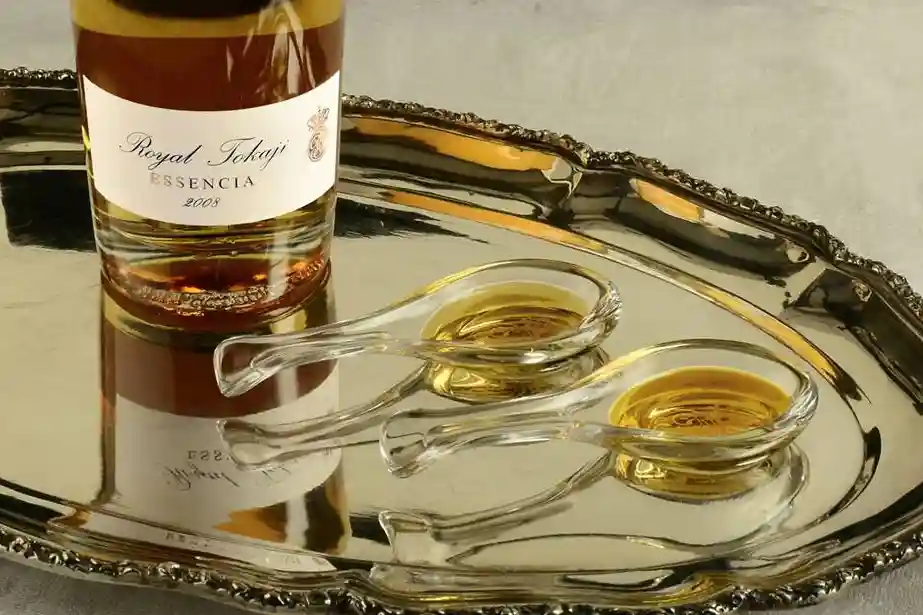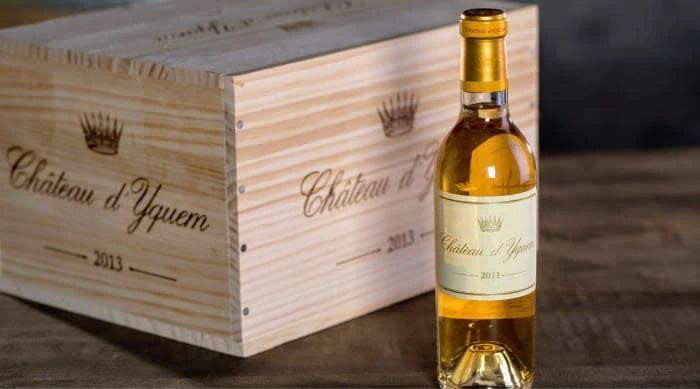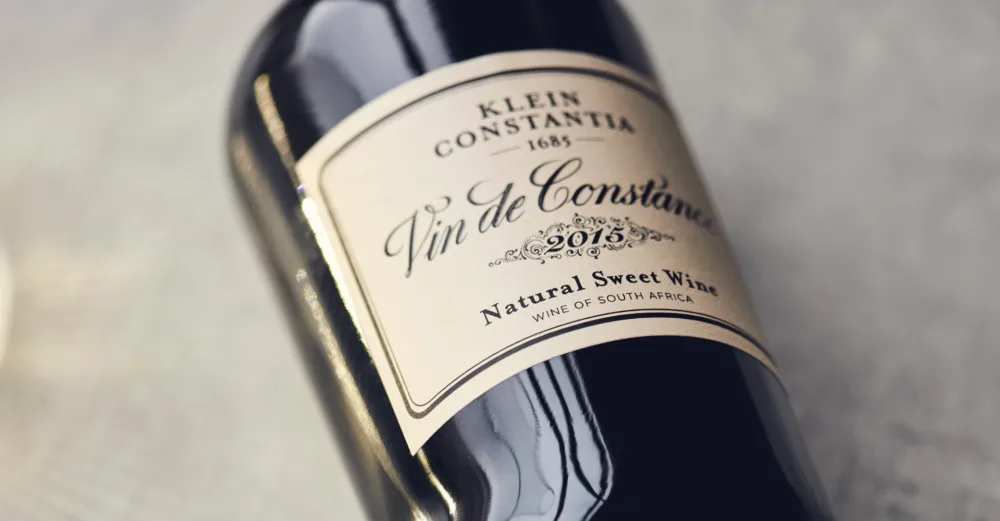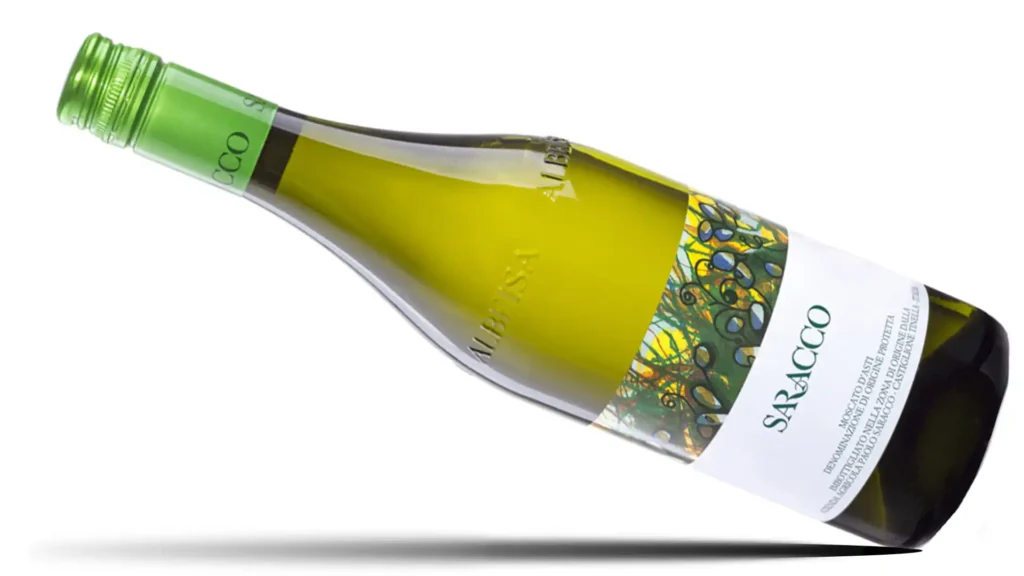If you’re looking for the Delicious Sweetest Liquor in The World, then you are at the right place. In this article, we will discuss the Top 10 Delicious Sweetest Liquor in The World.
In the world of liquor, sweet liquor has always struggled to take center stage. Whether it’s a casual drink or a high-end auction, everyone prefers dry liquor. But there are also people who feel that dry liquor is not good enough. In the world of sweet wines, there are many sweetest liquor. Today we are going to get to know about the top 10 delicious sweetest liquor in the world. This is essential knowledge for the sweetest wine lovers.
10 Sweetest Liquor in The World
1. Tokaji Aszu

Sweetness: Residual sugar content 60–450 g/L;
Grape varieties: Furmint, Harslevelu.
Hungary’s Tokaji Aszú botrytis is one of the best sweetest Liquors in the world. Louis XIV once praised it as “the king of wines, the wine of kings”. Tokaji Aszú has very high requirements for wine grapes and winemaking techniques. The grapes used to make this wine is called “Aszu Berry”, which need to be completely infected with botrytis and then picked one by one. This requires workers to shuttle back and forth in the vineyard many times, and the labor cost is very high.
The brewing of Aso sweet liquor can be divided into the following three steps:
(1) Prepare the “base wine” needed to brew Tokaji Aszú. This “base wine” can be fresh grape juice, semi-fermented grape juice, or just fermented wine. The “base wine” needs to be Produced from healthy, botrytis-free grapes.
(2) Soak the intact, unbroken Asso grapes in the “base wine” for at least 36 hours.
(3) The mixture is pressed and fermented, and the resulting wine must be matured in oak barrels for at least 18 months.
The sweetness of Tokaji Assu is mainly due to the loss of water after botrytis infection, and the sugar in the grapes is very concentrated. After the alcoholic fermentation is terminated, most of the sugar is still retained.
Typical Tokaji Assu is dark amber in color, with high acidity and a sweet taste. It has rich flavors of orange marmalade, apricots, almonds, and honey. It may also develop the aroma of rye bread, tobacco, and coffee brown sugar.
The different sweetness levels of Tokaji Assu are identified by the number “puttonyos”, which literally means “little baskets for grapes”. The higher the “puttonyos” number, the higher the sugar content in the wine.
2. Tokaji Eszencia

Sweetness: Residual sugar content is more than 180 g/L;
Grape varieties: Furmint, Harslevelu
Tokaj Essence is brewed from the free-run juice of Aszú grapes. The fermentation alone will last 6-8 years. After the fermentation of the wine is completed, the alcohol content will be less than 5% ABV, and the sugar content will be less than 5%. At 450-800 g/L, this wine can still maintain a fresh taste after being stored under appropriate conditions for 100 years.
The sweetness of Tokaji essence is similar to the sweetness of Tokaji Assu. Due to the high concentration of sugar after botrytis infection, the fermentation is interrupted and the residual sugar remains.
3. Sauternes

Sweetness: Residual sugar content 120–220 g/L
Grape varieties: Semillon, Sauvignon Blanc, Sauvignon Gris, Muscadet
France’s Sauternes, Hungary’s Tokaji, and Germany’s Rheingau are known as the world’s three major botrytis wine-producing regions. The noble rot sweet white wine from the Sauternes production area has great aging potential and is also very expensive.
Sauternes is located in the south of the Graves production area in Bordeaux, on the banks of the Ciron River, a tributary of the left bank of the Garonne River. It covers an area of about 2,000 hectares and includes 5 wine-producing villages and towns: Sauternes and Bommes, Fargues, Preignac, and Barsac.
The three most typical sweet white wine grapes with noble rot in Sauternes are Semillon, Sauvignon Blanc, and Muscadelle. Semillon occupies 4/5 of the total grape planting area in Sauternes, and the rest is mostly planted with Sauvignon Blanc and Muscadelle.
Semillon has a high sugar content, thin skin, and is prone to botrytis infection. In addition to the honey and almond flavor, the wine produced often has a good aroma base and an oak flavor.
The biggest characteristic of Sauvignon Blanc is its strong sourness and herbal flavor, which provides a skeleton support for the sweet white botrytis, balances the higher sugar content, and brings a fresh feeling to the wine. Muscadet matures earlier, has a rich grape flavor and a vibrant floral aroma, and can enrich the sweet and white aroma of botrytis.
The typical sweet white Sauternes botrytis has a rich golden color, which is generally darker than other sweet wines. Its aroma is rich in layers, with obvious honey, floral, stone fruit aromas, and some honeysuckle aromas. As Sauternes ages, the wine will gradually turn amber or brown, and its aroma and flavor will become richer. Flavors such as caramel, spices, and cream pudding develop, making people intoxicated. The reason why Sauternes Sweet White Sauternes is so popular is that its taste is sweet but not greasy. The high acidity balances the large residual sugar in the wine, forming a fresh, sweet, elegant, and pleasant style.
4. Botrytis & Trockenbeerenauslese

BA sweetness: Residual sugar content 180–200 g/L
TBA sweetness: Residual sugar content 200–300 g/L
Grape varieties: Riesling, Scheurebe, Ortega, Welschriesling, Chardonnay and Gewurztraminer
Trockenbeerenauslese wine (TBA for short) and botrytis wine (BA for short) are mainly brewed in Austria and Germany, and the wine grapes are generally Riesling. Because Riesling is extremely cold-hardy and ripens late, it is ideal for late harvesting and can maintain high acidity while reaching ideal ripeness. This results in a sweet wine with balanced high acidity and is generally very resistant to aging.
BA’s wine grapes are infected by botrytis, so they have higher complexity and richness. However, they are generally produced in limited years and in small quantities, making them expensive. Typically, these wine grapes must be harvested by hand.
TBA is the highest level of premium wine. It has the highest sugar content requirements for wine grapes. Not only are its wine grapes completely infected by botrytis, but they must also be harvested by hand after they have naturally dried and shrunk on the trees.
Generally, they are only produced in very good years, so the yield is very low. It is extremely rare and naturally very expensive. The aroma of TBA is several levels higher than that of ordinary sweet liquor, and the sugar content is also higher. It often exudes the aroma of osmanthus, acacia, and fruit, and also has rich aromas of nuts, preserved fruits, honey, and vanilla. It has great aging potential and can Preserved for hundreds of years.
The sweetness of BA and TBA is similar to that of Tokaji Assu. Due to the high concentration of sugar after botrytis infection, fermentation is interrupted and residual sugar remains.
5. Klein Constantia Vin de Constance

Sweetness: Residual sugar content 152 g/L
Grape varieties: Muscat de Frontignan
Klein Constantia is one of South Africa’s most famous and oldest wineries, dating back to 1685. The winery is located in the Constantia Valley, which is also the oldest vineyard collection in the Cape of Good Hope region of South Africa.
Its most famous wine is Vin de Constance, a natural sweet liquor, which was once popular in Europe. It is said that even Napoleon asked for a drink when he was dying. It became a favorite drink of European royal courts in the 19th century and appears in the literary works of Dickens and Jane Austen. This wine is an air-dried dessert wine, in which the grapes are allowed to dry on the vine before being picked, resulting in a wine with aromas of pineapple, quince fruit, and spice.
6. Ice Wine

Sweetness: Residual sugar content 110–200 g/L
Grape varieties: Riesling, Vidal, and Gruner Veltliner
Ice wine originally originated in Germany and Austria, and is also common in Canada and the Finger Lakes region of the United States. The most striking characteristic is high acidity. In Germany, only when the temperature in the vineyards reaches -8°C, winegrowers will harvest these frozen grapes as quickly as possible on cold winter nights. Because the water is frozen tightly, the sugar content of the squeezed grape juice (sugar content is not less than BA) is concentrated while maintaining a high acidity.
Since ice wine is made from concentrated grape juice of healthy grapes, it will have a very pure and rich fruity aroma of grape varieties. The sweetness of ice wine is mainly due to the fact that the grapes are harvested in winter and their water has frozen into ice, making the sugar in the grapes very concentrated. After the alcoholic fermentation is terminated, most of the sugar is still retained.
7. Moscato d’Asti

Sweetness: Residual sugar content 90–120 g/L
Grape variety: Muscadine Blanc
Moscato d’Asti uses the aromatic grape Moscato Bianco as its raw material, mainly produced in the Asti production region of Piedmont. Alcoholic fermentation is carried out in a pressure-resistant tank with yeast added. It is not sealed at first to allow CO₂ to escape. Only when the alcohol content reaches a certain level is the fermentation tank sealed and CO₂ begins to be retained. When the alcohol content and CO₂ of the wine reach the ideal state, refrigerate it again to stop fermentation, and thoroughly filter the yeast and yeast nutrients to avoid fermentation in the bottle after bottling.
The wine brewed by this method usually has low alcohol content, high sugar content, and a fresh and easy-to-drink taste.
Moscato d’Asti is a slightly sparkling wine with a rich and sweet aroma, and the alcohol content is usually 5-5.5% ABV. High-quality sweet white Moscato has a rich peach fruit aroma, which goes perfectly with cookies, cream cakes, and other desserts. It is one of the most popular sweet sparkling wines in the world.
8. Port

Sweetness: Residual sugar content 90–120 g/L;
Grape varieties: Touriga Franca, Touriga Nacional, Tinta Roriz (Tempranillo), Tinta Barroca, Tinto Cao, Sheciar ( Sercial) and Malvasia
Port is a fortified sweetest liquor, known as the “Portuguese national wine”. When the grape juice begins to ferment and reaches 6% ABV-9% ABV, the winemaker adds brandy with an alcohol content as high as 77% ABV. At this time, the yeast is killed and the alcoholic fermentation stops. Since Port wine usually has a higher residual sugar content, its taste is usually sweeter.
In addition, because brandy is added during the fermentation process, its alcohol content is generally 15% ABV and 20% ABV. The sweetness of Port is mainly due to the fact that during the brewing process, the winemaker adds brandy to interrupt the fermentation so that a large amount of sugar remains in the wine.
9. Recioto della Valpolicella

Sweetness: Residual sugar content 50–60 g/L
Grape varieties: Corvina, Corvinone, Rondinella
Regioto della Valpolicella is an air-dried wine made mainly from Corvina, Rondinella, and no more than 15% other local varieties. After harvesting, the grapes are placed in a specially designed warm and dry drying room (Fruttai), air-dried for 100-200 days, and then pressed and fermented. Usually, the fermentation is incomplete and some sugar will remain.
Generally, the residual sugar content is 50-60 g/L. Finally, it is aged in oak barrels for at least 2 years to give the wine a more complex, softer taste and a stronger frame. The sweetness of Regioto Valpocella is mainly due to the loss of water in the dried grapes. The sugar in the grapes is very concentrated. After the alcoholic fermentation is terminated, most of the sugar is still retained.
10. Madeira

Sweetness: Residual sugar content 49 g/L
Grape varieties: Sercial, Verdelho, Boal, Malvasia and Tinta Negra
Madeira is a fortified wine obtained by adding brandy during the fermentation process to stop the continued fermentation of grape juice and then undergoes a special high-temperature Madeira process (Estufa and Canteiro). Estufa means placing the wine in a stainless steel tank and then heating it (the maximum temperature is 55°C) for no less than 90 days. This method is usually used for cheap fortified wines. Canteiro refers to placing the wine in a 600L capacity pipe and placing it under the eaves to receive natural sunlight. It is usually used for the aging of high-quality Madeira wine.
The time when brandy is added to Madeira during the brewing process depends on the specific grape variety. Malmsey and Bual generally stop fermentation early and have a higher sweetness; Verdelho stops fermentation late. Fermented, less sweet. The sweetness of Madeira is mainly due to the fact that during the brewing process, the winemaker adds brandy to interrupt the fermentation so that a large amount of sugar remains in the wine.
Conclusion
In fact, although the above-mentioned sweetest liquor in the world are all famous brands, perhaps because the sweet liquor market is relatively niche, the prices of most of the sweet liquor names are not that high compared with the works of dry wine producers of the same status. Many entry-level models and even high-end models from top brands are still affordable. As a sweet liquor lover, I have to say that this is an unexpected and super lucky thing!
How many of these sweetest liquor have you tried? What other outstanding sweet liquor have you tasted that left a lasting impression on you? Don’t keep anything private, leave a message below and share it with everyone.




